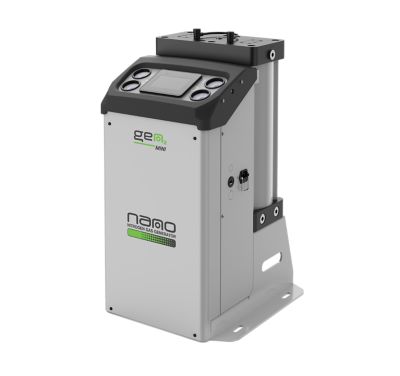The world of wine production is a realm where art and science intertwine to create exquisite and delightful beverages. One of the lesser-known but vital processes within wine production is sparging. Sparging plays a crucial role in preserving the quality and characteristics of wine by managing the presence of oxygen throughout the production process.Let’s explore what sparging is, its significance in the wine industry, and how it contributes to the creation of exceptional wines.
What is Sparging in the Wine Industry?
Sparging, in the context of winemaking, is a process used to manage and control the level of oxygen exposure during various stages of wine production. It involves the introduction of inert gases, such as nitrogen or argon, into the wine or the storage vessel to displace and minimize the presence of oxygen. This displacement creates a protective atmosphere that safeguards the wine from the harmful effects of oxygen.
The Role of Sparging
Sparging serves as a powerful tool for wine producers to manage and mitigate the risks associated with oxygen exposure. By introducing inert gases into the wine, it creates an environment where oxygen is pushed out or reduced to minimal levels. This protective blanket of gas effectively safeguards the wine's integrity, ensuring that it retains its freshness, aroma, and flavor.
The Benefits of Sparging in Wine Making
The utilization of sparging in wine production offers numerous benefits, enhancing the overall quality and longevity of wines:
Preservation of Wine Quality:
Sparging helps preserve the wine's original, vibrant flavors and aromas. By minimizing oxygen exposure, winemakers can ensure that the wine tastes as intended, without undesirable oxidative notes.Extended Shelf Life:
Wines that have undergone sparging have a significantly longer shelf life. Consumers can store these wines for an extended period without worrying about spoilage or the wine losing its appeal.Consistency:
Consistency is of paramount importance in the wine industry. Sparging ensures that winemakers produce batches of wine that taste and smell the same, providing consumers with a reliable product they can trust.Reduction in Sulfur Usage:
To counteract the effects of oxygen exposure, winemakers often use sulfur dioxide as a preservative. Sparging reduces the need for excessive sulfur additions, resulting in wines that are lower in sulfites, which can be beneficial for consumers with sensitivities.Cost-Efficiency:
While the initial investment in sparging equipment may be significant, the long-term cost savings are substantial. Wineries can reduce losses due to spoilage and ensure a consistent product, ultimately increasing their profitability.
The Sparging Process in Wineries
The implementation of sparging in wineries involves several key steps:
Equipment Installation:
Wineries must install sparging equipment, including gas tanks and a delivery system. This system typically consists of pipes, valves, and monitoring devices. The design of the system should align with the specific needs and scale of the winery.Controlled Atmosphere:
Winemakers carefully monitor and control the flow of the inert gas to create the desired atmosphere inside storage tanks, barrels, or other containers. Oxygen levels are regularly measured to ensure they remain at minimal levels.Tank Sparging:
For wine storage tanks, winemakers connect the inert gas supply to the tank's headspace, allowing the gas to displace the oxygen. This process is typically performed during wine racking or transfer.Barrel Sparging:
For wine aging in barrels, winemakers can use nitrogen wands or other methods to sparge the barrels with inert gas. This protection prevents the wine inside the barrels from oxygen exposure.Monitoring and Maintenance:
Regular monitoring and maintenance of the sparging system are essential to ensure its effectiveness. Any leaks or equipment malfunctions must be promptly addressed to avoid compromising the wine.
Conclusion
In the intricate world of wine production, sparging stands as a silent guardian, protecting the precious liquid from the perils of oxygen exposure. Its role in preserving the quality, flavor, and aroma of wines cannot be understated. As wineries continue to integrate sparging into their production processes, wine enthusiasts can savor wines that reflect the dedication of winemakers to excellence, where each glass tells a story of meticulous craftsmanship and a steadfast commitment to preserving the essence of the grape.




